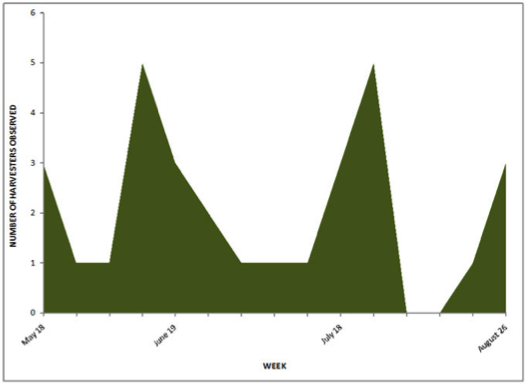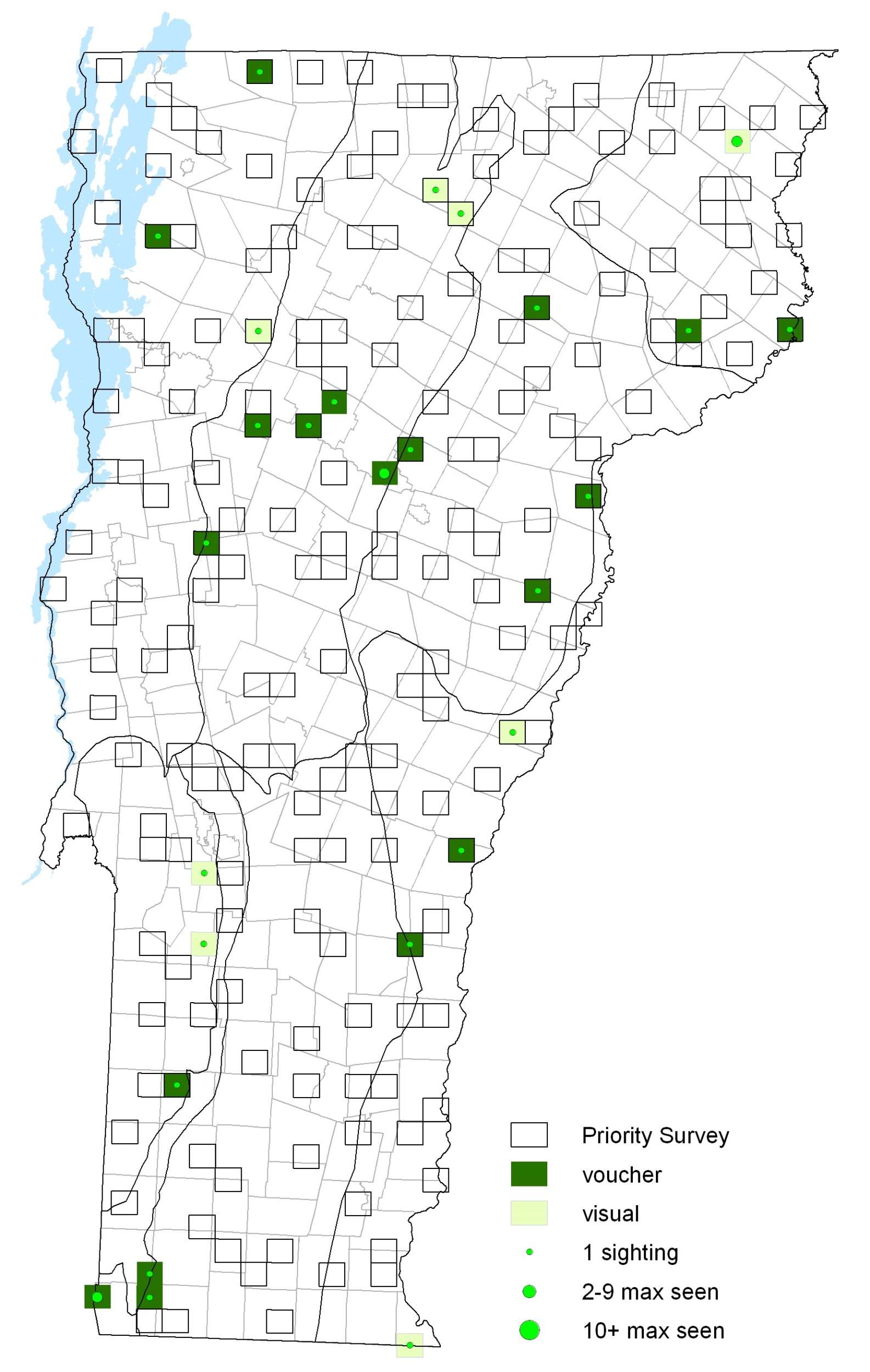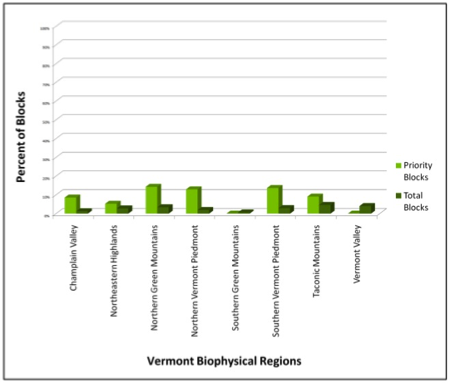|
Resident Conservation Status North American Range |
The Harvester is the only North American butterfly that is almost exclusively carnivorous and adults eat aphid honeydew. The female Harvester lays her eggs in the midst of a colony of aphids. After hatching, the larvae crawl beneath their prey, spin a silk nest for protection, and begin feeding on aphids. The larvae cloak themselves wooly scales of their prey, camouflaging themselves as a heap of desiccated aphids in order to avoid attack from ants who harvest aphid honeydew. Males perch in sunlight on the edge of leaves, watching for females, often sallying back and forth in the area, returning to where they started.
Identification
Upperside has black spots and orange-brown areas surrounded by black. Underside hindwing is orange-brown to orange-purple with small, faint white circles.
Flight
Exact number of broods unknown, probably three to four. Never found in large numbers. Extreme dates: 18 May 2003 in Manchester (R. Stewart), 20 May 2003 in Weathersfield (K. McFarland), 26 August 2005 in Pownal (T. Armata), and 27 August 1989 in Fairfield (J. Hedbor).
Distribution and Habitat
The Harvester was found throughout Vermont, predominantly in Alder (Alnus) stands in and around wetlands at lower elevations. Larval host is mainly the Woolly Alder Aphid (Prociphilus tessallatus). Adult Harvesters do not nectar, instead gaining nutrients from sap, mud, scat or harvesting honeydew from aphids.







